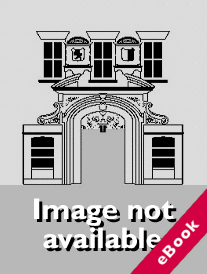
The device(s) you use to access the eBook content must be authorized with an Adobe ID before you download the product otherwise it will fail to register correctly.
For further information see https://www.wildy.com/ebook-formats
Once the order is confirmed an automated e-mail will be sent to you to allow you to download the eBook.
All eBooks are supplied firm sale and cannot be returned. If you believe there is a fault with your eBook then contact us on ebooks@wildy.com and we will help in resolving the issue. This does not affect your statutory rights.
Cultural Objects and Reparative Justice provides a comprehensive legal and historical analysis surrounding a highly debated current question: Where should cultural objects that were removed without consent be located? This book follows an innovative, interdisciplinary approach based in law, history, art history, anthropology, and archaeology and proposes a paradigm for reparations.
Tracing the historical foundations of the current legal framework, the work closely examines three factors that heavily informed the cultural heritage debate since the late eighteenth century: the rise of the encyclopaedic museum, the development of archaeology as a science, and the appropriation of objects in the context of armed conflict and colonialism. Each of these explorations is enriched by examples from around the globe and assessed on the international, national, and local level. Subjecting contested objects -such as the Parthenon Sculptures, those from the Yuanmingyuan Palace, the Benin artifacts, looted archaeological artefacts and human remains, and artwork stolen during the Holocaust - to this holistic approach enables a contextualisation of the unique history of appropriation of these objects.
Cultural Objects and Reparative Justice outlines how current cultural heritage laws and ethical guidelines with respect to cultural heritage derive from a background of imperialism and colonialism. The book advocates for a new structure based on reparation, restitution, repatriation, compensation, and market regulation to cease perpetuating past harms and to disincentivize new ones.